A wet basement is more than an inconvenience. It’s a warning sign. Whether you’re dealing with musty odors, peeling paint, or puddles after rain, water intrusion can damage your foundation, reduce air quality, and ruin your home’s value if left untreated.
At Drycrete Waterproofing, we’ve helped homeowners across Massachusetts and Rhode Island stop moisture at the source. Our proven systems are designed to keep your basement permanently dry, no matter what’s happening outside your walls.
Every basement is essentially a bowl in the earth. Depending on what material you build that bowl into (rock, clay, etc.), water can seep in and have issues draining or percolating. That’s when hydrostatic pressure builds. Water seeps down the foundation into that hole where it was dug. It can’t percolate or drain fast enough and hydrostatic pressure builds, forcing the water up into your basement.

Musty smells that won’t go away — Even if your basement looks dry, a lingering odor is often the first sign that moisture is trapped behind walls or under the floor slab. Over time, this can lead to mold growth and poor indoor air quality throughout the home.
Efflorescence on walls or near baseboards — That white, chalky residue is called efflorescence. It forms when water seeps through the concrete, drawing salt minerals to the surface. It’s not just a cosmetic issue—it’s a sign water is actively moving through your foundation.
Visible cracks or water streaks — Look for hairline cracks in basement walls or staining along the floor. These may seem minor, but they often indicate pressure from saturated soil outside your foundation—especially common after snowmelt or heavy spring rains in Massachusetts and Rhode Island.
Condensation on windows or cold surfaces — High humidity inside your basement can lead to foggy windows, rusting fixtures, or damp wood. This moisture buildup makes the space uncomfortable and creates the perfect environment for mold and rot.
Damp or wet flooring after storms — If you notice water pooling along the basement perimeter or seeping through the floor slab after a rainstorm, it’s likely caused by hydrostatic pressure. That pressure doesn’t go away on its own—and it can lead to serious foundation damage over time.

Basement water damage doesn’t just create an eyesore; it eats away at your home from the inside out. And the worst part? Most of the damage starts behind walls, beneath the floor slab, or inside wooden framing, where you can’t see it until it’s too late.
When moisture builds up below-grade, here’s what can happen:
Wood framing and floor joists begin to rot, compromising your home’s structural stability
Mold grows quickly, especially in dark, humid areas, and can spread through your HVAC system into the rest of the house
High humidity levels make the space feel damp year-round and can damage finished walls, flooring, or stored belongings
Paint peels, walls discolor, and odors linger, making the basement uncomfortable or unusable
Foundation cracks and shifting can form over time if water pressure continues to build up
Repairs can be costly, but worse, untreated damage can lead to unsafe living conditions. That’s why Drycrete’s mission is to identify these issues early, prevent moisture at the source, and protect your home before the damage becomes more severe.
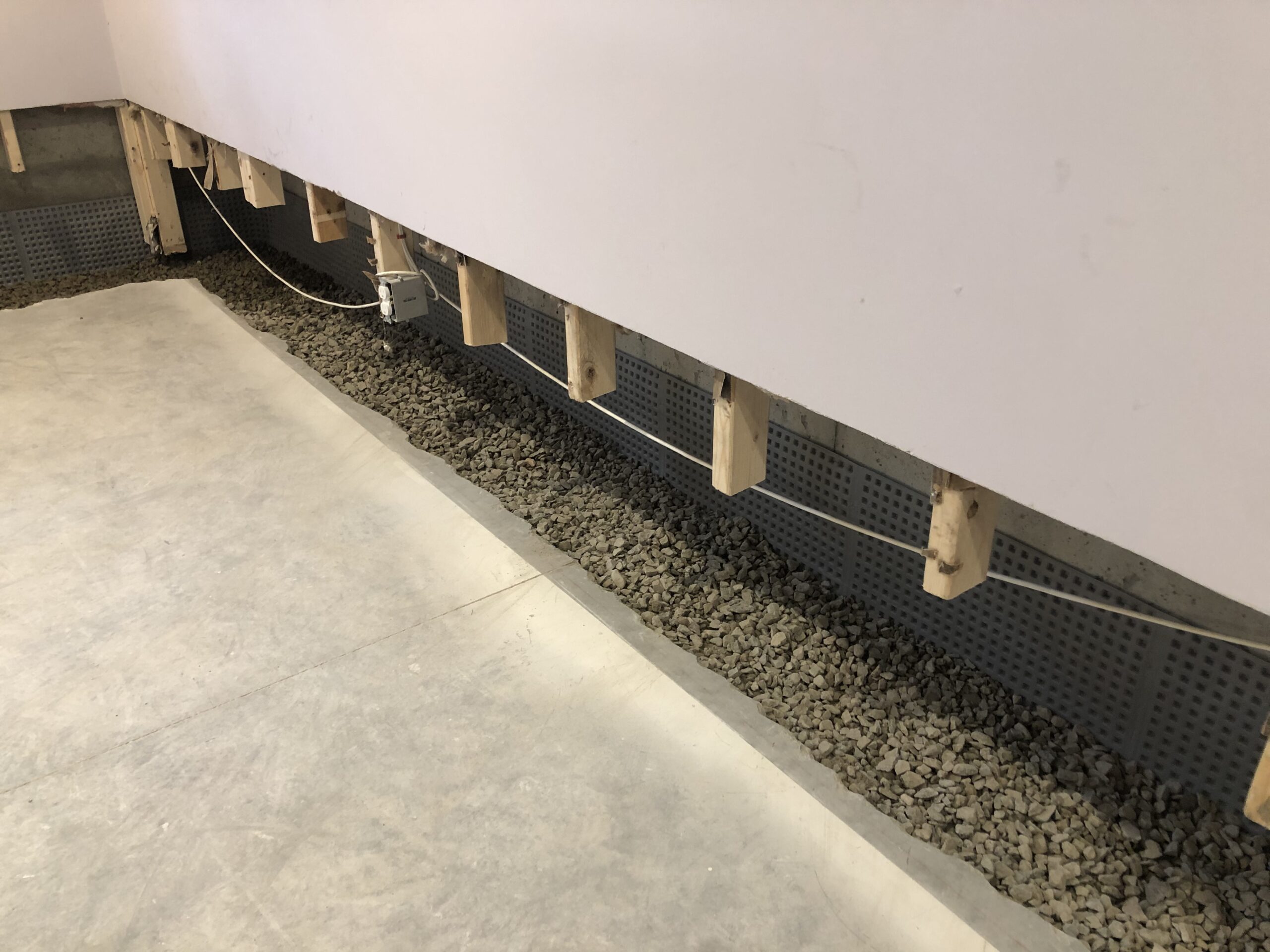
You don’t have to wait for a disaster to consider your options for basement waterproofing. There are many factors outside of your control that can affect water runoff, drainage, and absorption. For instance, if your neighbor installs a pool, changes their landscape, cuts down trees, or puts an addition on their house, that can cause changes in the status of your dry basement.
Maybe you just moved into a new home and you’re not sure if your basement has moisture issues yet. Perhaps you want to finish your basement, build a workshop, or utilize it for dry storage. It only takes one good storm to cause a lot of damage. A sump pump that turns on one time has paid for itself. So don’t wait for a disaster to consider protecting your home.

Basement waterproofing is a multi-component system. Each of these components work in concert to ensure your basement remains a dry and conditioned environment.
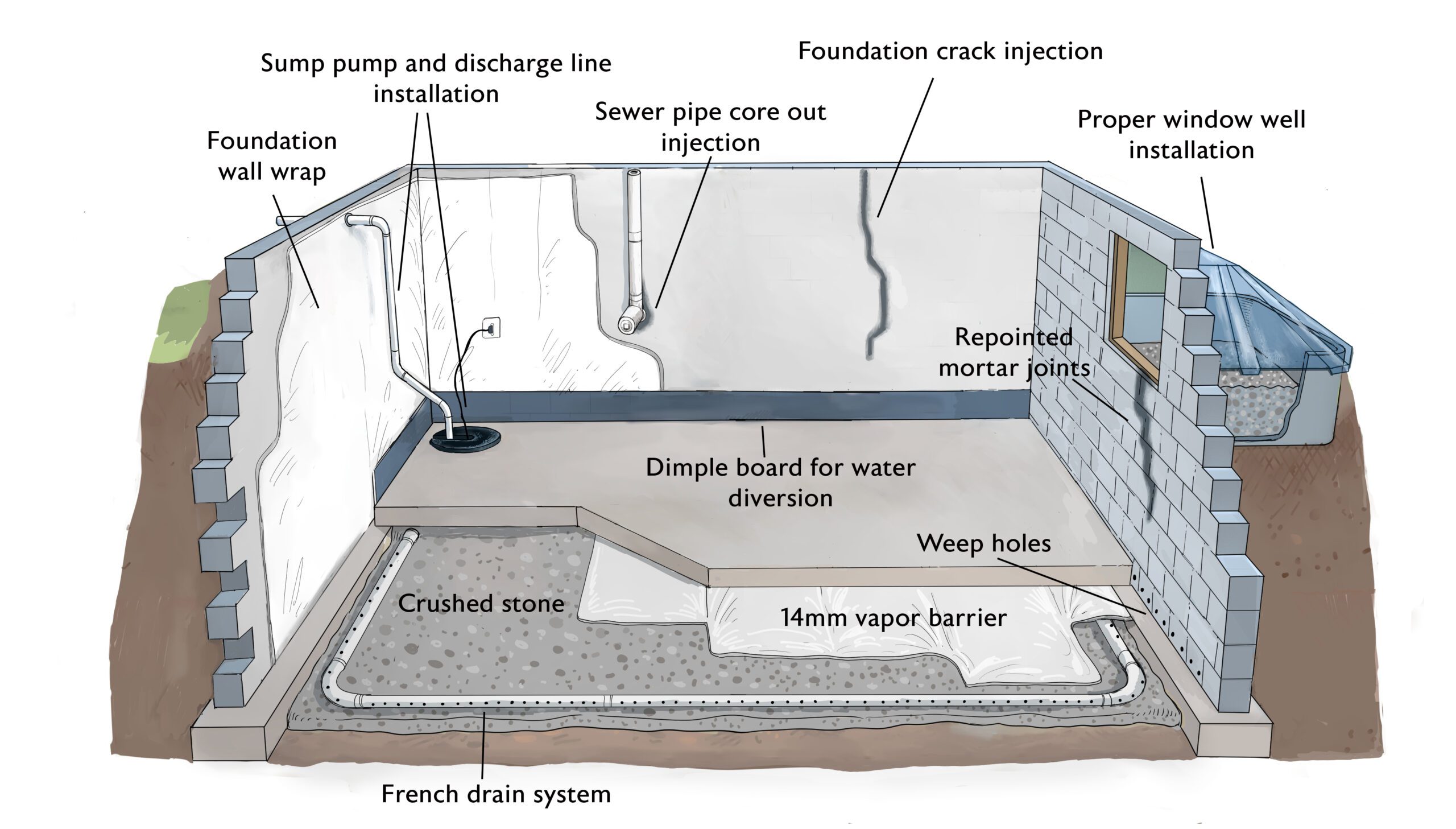
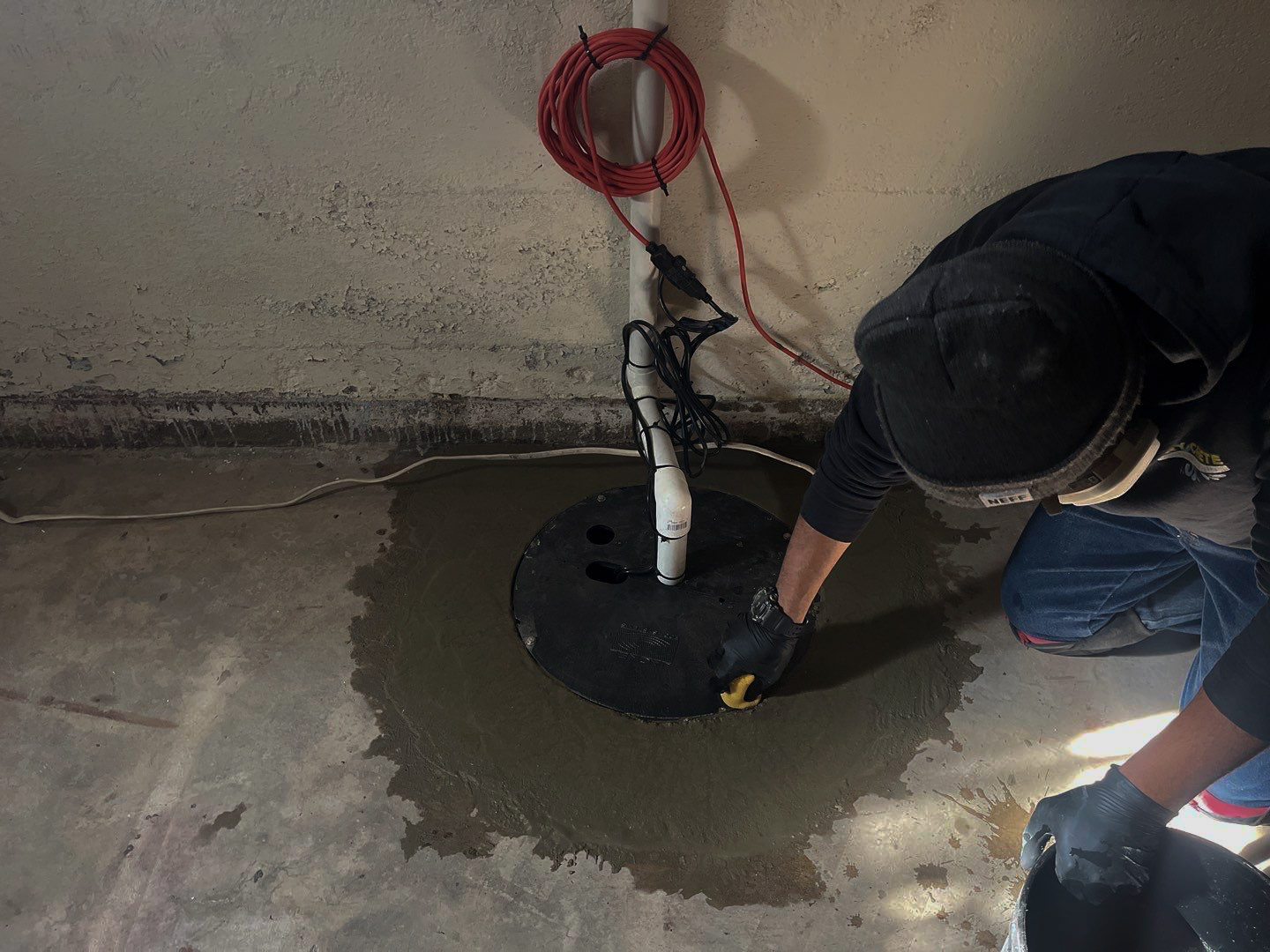
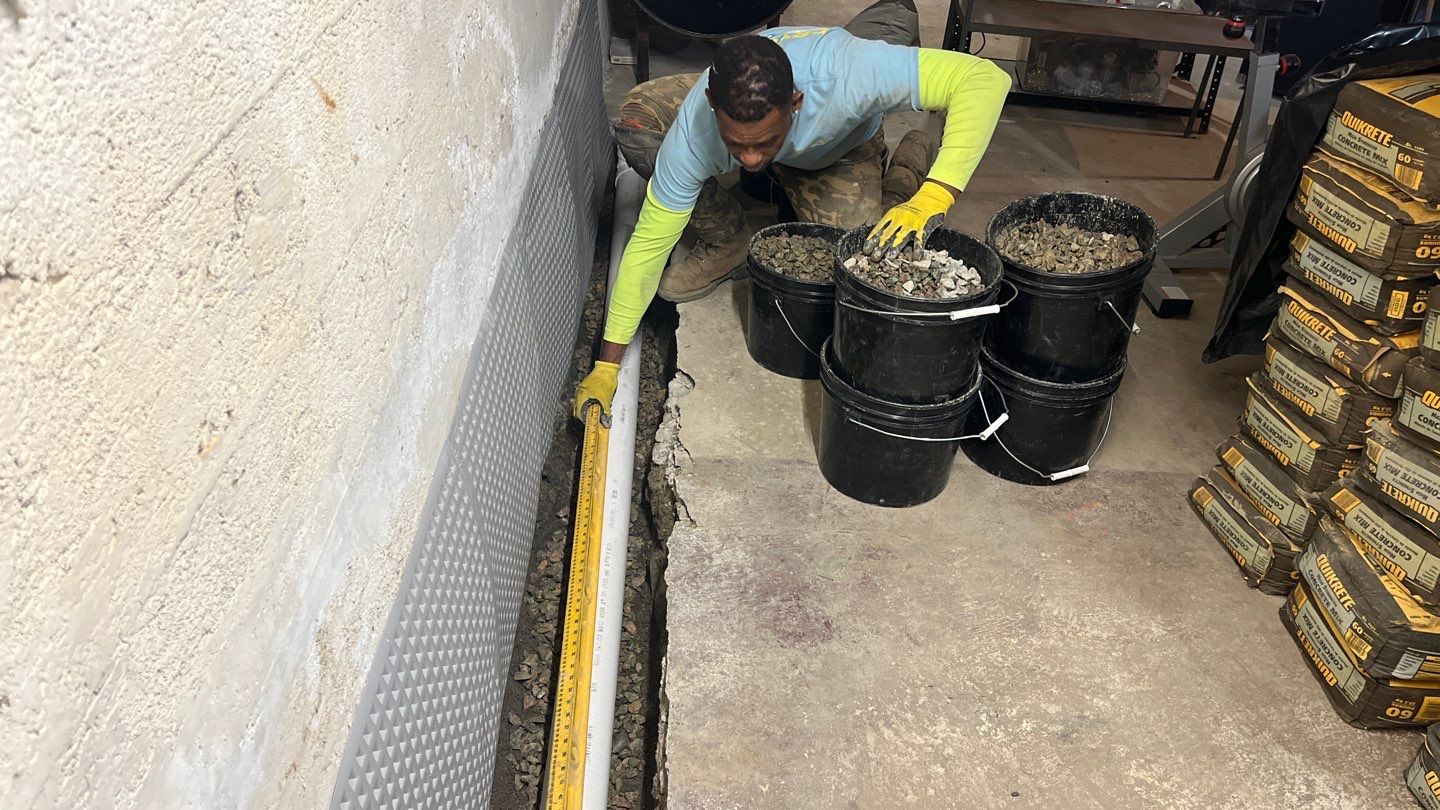
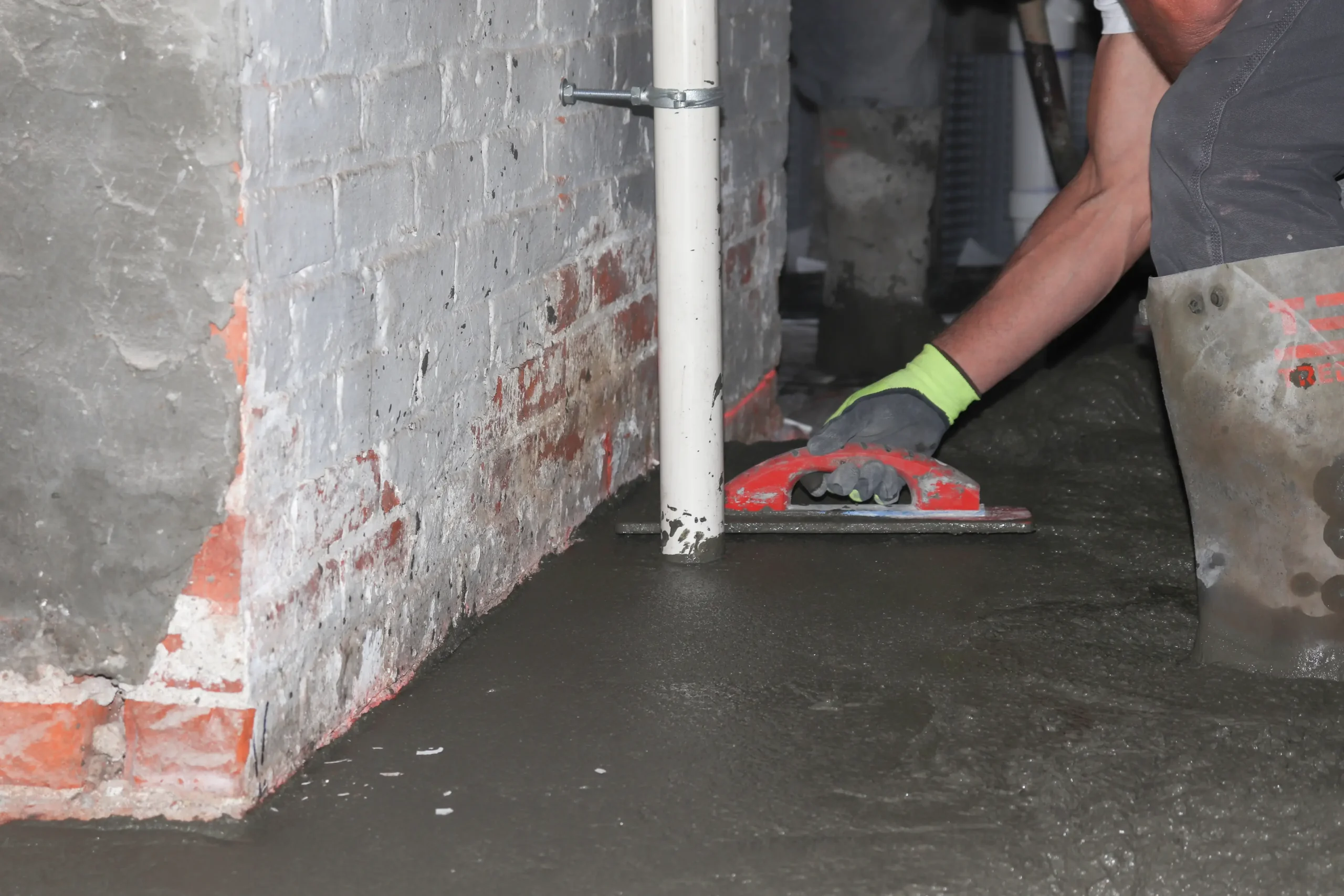
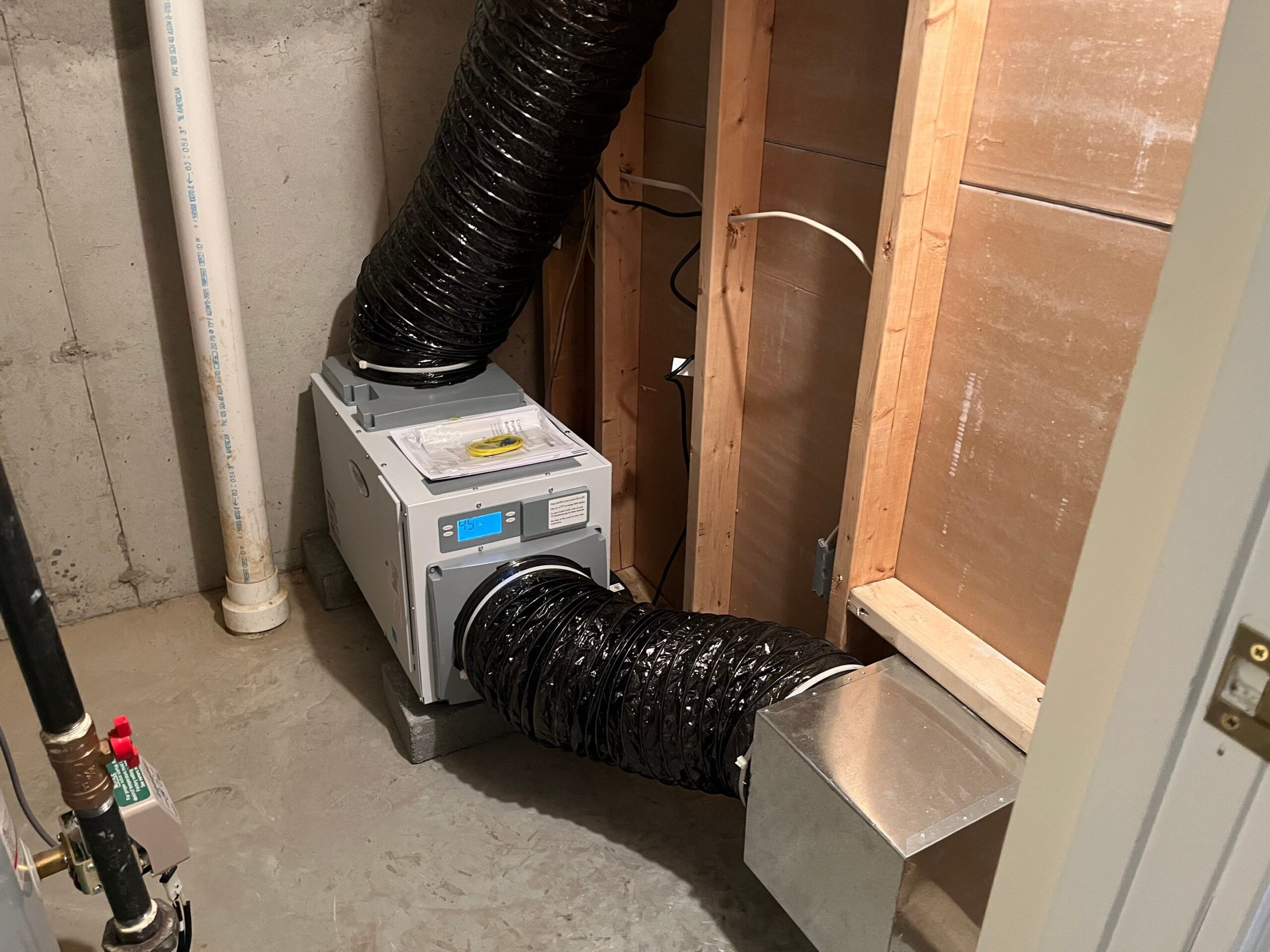

Foundations support your property so that it can withstand the elements while maintaining its shape and size. Foundation wall wraps protect your building and they come in a wide range to fit your needs. Whether you’re looking for something durable or lightweight.

5.0
Over 800 reviews